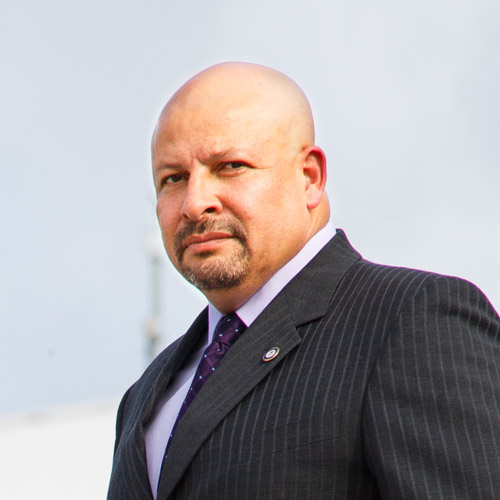
Figuring out how to reach an audience that’s increasingly distracted and on-the-go isn’t an easy task. Though complicated, finding the answers is essential for mass media companies like Discovery Communications.
“To me, it’s exciting,” says Allan Navarrete. He is the executive vice president and general manager for Discovery US Hispanic Networks, Mexico, and Central America, as well as the executive vice president of distribution for Discovery Networks Latin America. In these dual roles, Navarrete is responsible for leading the US Hispanic Networks’ business expansion within the company’s portfolio of Spanish-language networks—Discovery en Español and Discovery Familia. At the same time, Navarrete oversees Discovery’s affiliate sales operations across the Latin America region. As it turns out, the two roles are remarkably intertwined.
Navarrete began his career as an account executive at Discovery in 1995 and worked his way up to the director level on the distribution side. In 2008, Navarrete left Discovery to assume the role of vice president for Latin American sales at NBC Universal International. Only a couple of years later, he was offered the opportunity to return to Discovery to lead operations in Mexico, Central America, and the Andean Region. Since then, he’s added two more roles to his title: general manager for Discovery US Hispanic and executive vice president of distribution for Discovery Networks Latin America.
“I’m now in Miami to be closer to the US Hispanic market,” Navarrete says of his recent move from Mexico City. Discovery has been in the Latin America region since 1994. As for the US Hispanic market, Discovery en Español launched in 1998 and Discovery Familia in 2007. He points out that the United States has the second biggest Hispanic population in the world, trailing only Mexico.
Reflecting Your Audience
The Discovery US Hispanic networks reach 12 million subscribers, and in Latin America, the network reaches 362 million across 47 countries. But the Hispanic audience isn’t monolithic. There are important differences in how many generations a family has been in a country, whether that family has parents of different racial backgrounds, by age, by language and its usage, and by location, Navarrete says. Understanding those differences and what they mean is vital. “The goal is to reflect the audience,” Navarrete says. And his approach has two parts.
High-quality content, relevant shows, and high production values are the three components of the first part. Discovery’s programming goes beyond telenovelas and soccer, he says. There are shows that speak to the Hispanic audience like Texas Trocas, a reality series that airs on Discovery en Español and centers on a Mexican American family who creatively transforms trucks.
Another element to success is to make sure Discovery brings in programming from all over. Programs from Latin America and Europe are broadcast on Discovery’s channels in the US Hispanic Market and American shows are aired in Latin America. The audience needs to be able to see themselves on the screen, Navarrete says.
TV Screens to Computer Screens
With the digital revolution, scheduling out twenty-four hours worth of shows no longer works. Social media platforms allow the audience to interact and engage with networks, actors, and writers. It also means Navarrete and his team can redesign programming based on direct audience interaction, as well as finding the best way to share where the viewers are: TV, mobile, tablets, or laptops.
Discovery launched DNews en Español in September 2016 as part of its DNews. DNews began in 2012, and the channel boasts more than 400 million viewers. By adding a Spanish version, Discovery reaches its Spanish-speaking consumers with compelling, weekly episodes on the DNews en Español YouTube channel.
Another initiative is Discovery’s partnership with Group Nine Media, a newly formed digital content holding company. Group Nine Media’s brands, such as Thrillist Media Group, are built for social media consumption, and more than 60 percent of its audience consists of users ages eighteen to thirty-four. Navarrete and his team will be looking for ways to take advantage of this new alliance and the potential this has for both the Latin America and the US Hispanic markets.
Preserving the Present and Future
It’s also important for Navarrete that the audience connects with Discovery on more than one level. Recently, Discovery partnered with the World Wildlife Fund to create Project CAT, which aims to conserve nearly one million acres of land in India and Bhutan for tigers, which are endangered. The goal is to double the number of tigers in the wild by 2022.
“As long as there are stories to tell, Discovery will be there to tell them.”
Allan Navarette
Discovery also has programs to educate the next generation. Discovery En La Escuela, which was an initiative that Navarrete helped shape, launched in 1997 and donates educational programming to schools all across Latin America. Discovery programs are retooled for an educational format and promote the use of technology in the classroom. The program benefits more than two million students.
Much like the channels itself, these philanthropic initiatives aim to inspire. “As long as there are stories to tell, Discovery will be there to tell them,” he says.

